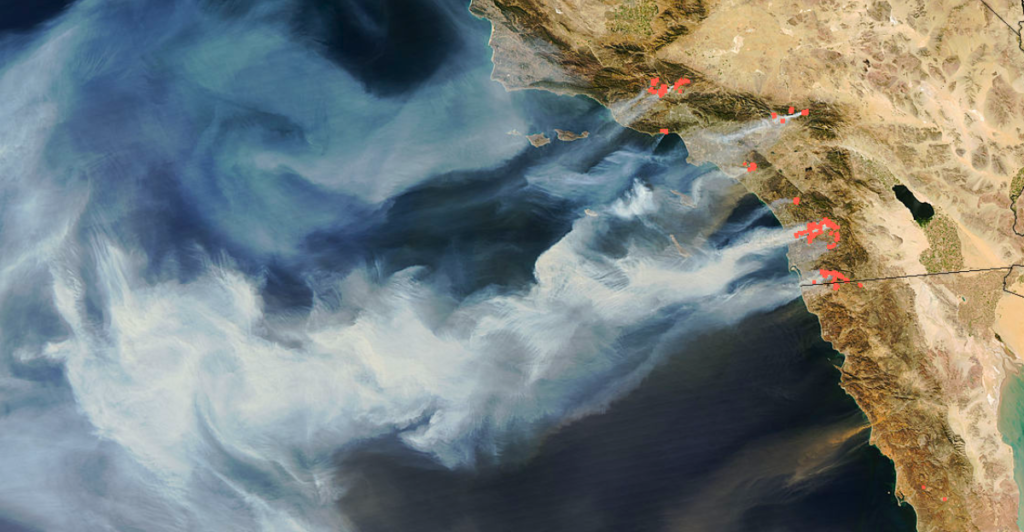
Southern California is known for its unique weather patterns, including strong seasonal winds. These winds can shape the region’s climate, influence daily activities, and pose challenges. Understanding when to expect the strongest winds and their typical duration can help residents and visitors better prepare. This gallery explores key facts about the region’s wind patterns, focusing on timing, intensity, and their impact on Southern California’s environment and daily life.
The Santa Ana Winds
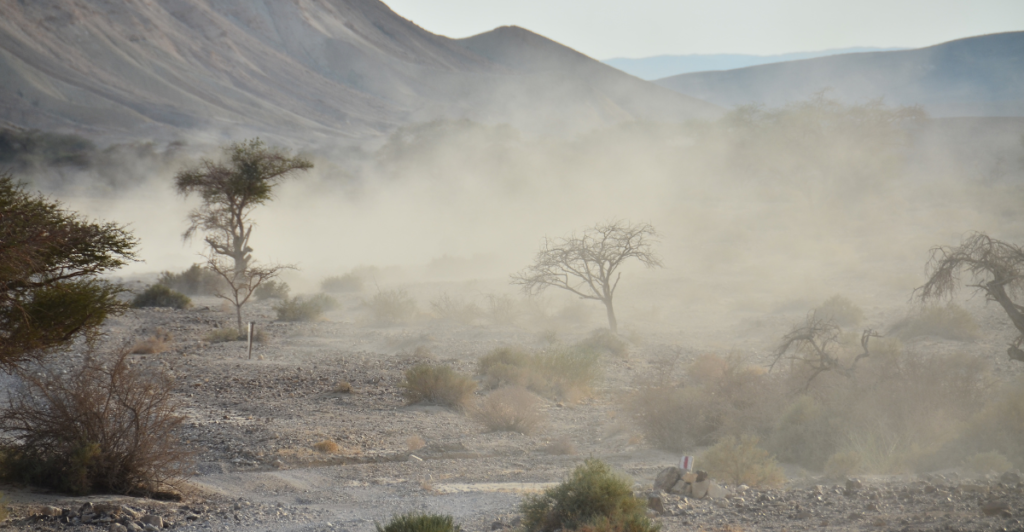
The Santa Ana Winds are the most notable wind phenomenon in Southern California. These dry, gusty winds typically peak in the fall from October through April. Originating from inland deserts, they forcefully blow toward the coast, bringing warm, dry conditions. Santa Ana Winds are known for their speed and dryness, which can exacerbate wildfire risks and create unique challenges for residents.
Fall: The Peak Season for Winds
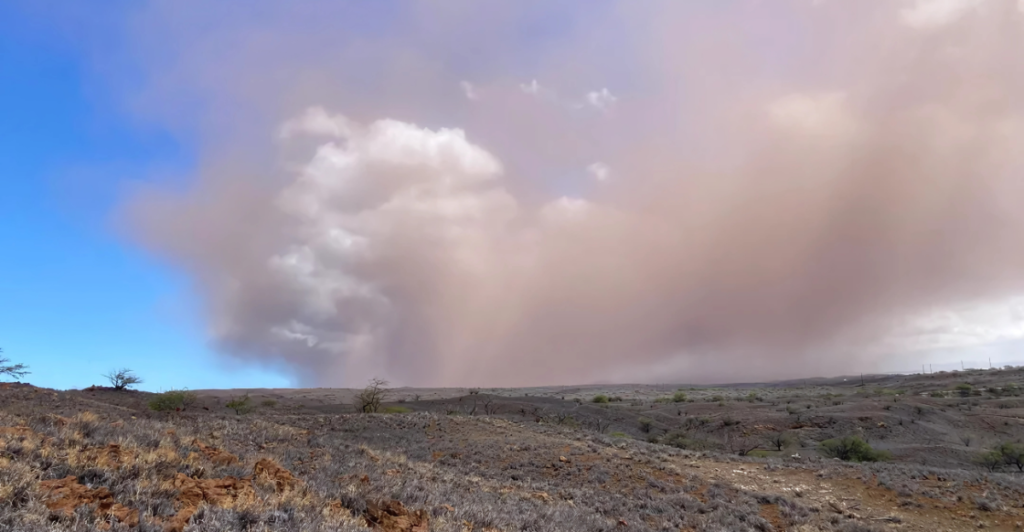
The strongest winds often occur in the fall, particularly from October to early December. During this time, high-pressure systems in the Great Basin create ideal conditions for powerful gusts. These winds can reach 40-60 mph speeds, with isolated gusts exceeding 80 mph in mountain passes and canyons. Fall winds are closely monitored due to their potential to heighten wildfire risks and impact outdoor activities.
Winter Winds and Storm Systems
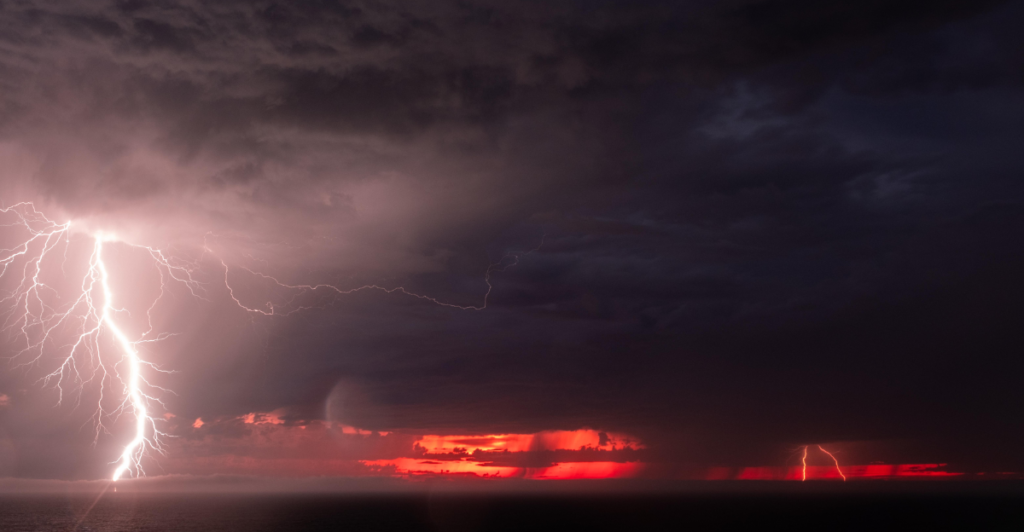
While the fall is the peak season, winter also brings strong winds to Southern California. Storm systems moving through the region can produce intense gusts, particularly in January and February. These winds are often associated with cold fronts, bringing rain or snow to higher elevations. Winter winds differ from the Santa Anas because they are usually more moist and incredible, influencing seasonal weather patterns.
Summer’s Subtle Breezes

Summer in Southern California generally sees milder winds compared to fall and winter. Coastal breezes dominate, providing relief from the heat, particularly in beach areas. These winds typically blow from the west or southwest and are much weaker than the Santa Ana Winds. Summer winds rarely cause disruptions but play an essential role in regulating coastal temperatures and creating ideal conditions for outdoor activities like surfing and sailing.
Duration of Wind Events
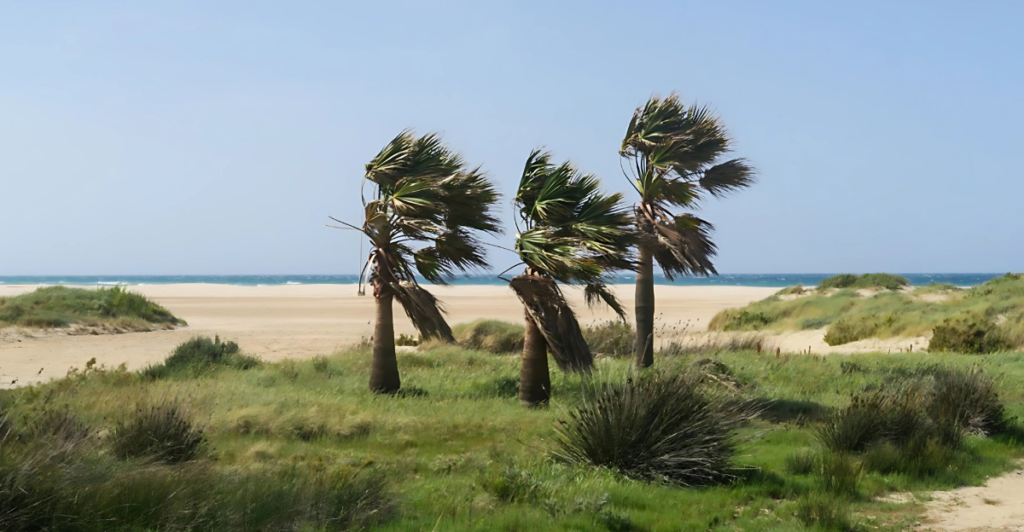
Wind events in Southern California can vary significantly in duration. Santa Ana Winds typically last 1-3 days, but some events can persist for up to a week. On the other hand, winter storm winds are shorter-lived, often lasting only a few hours to a day. Monitoring local forecasts is essential during prolonged wind events, as conditions can quickly escalate, affecting travel and outdoor plans.
Wind Speed Variations
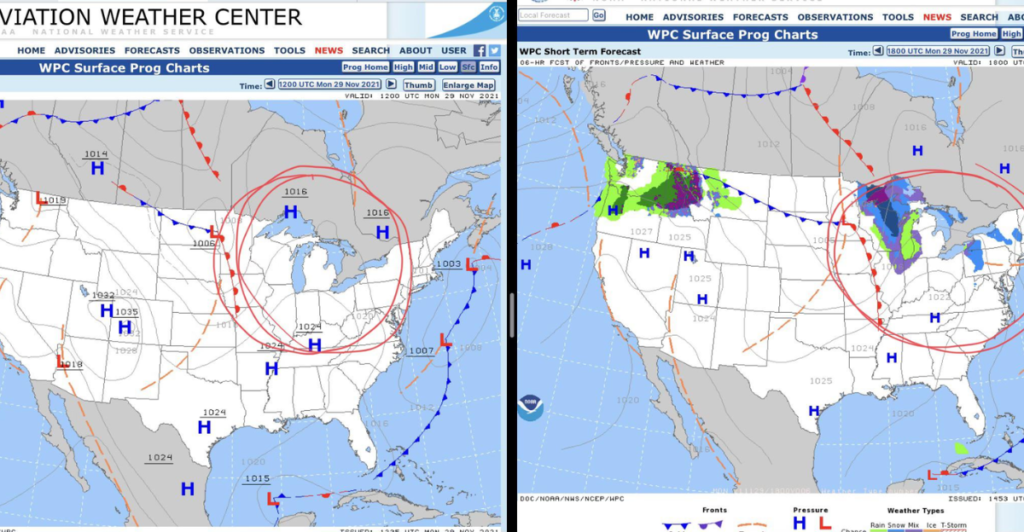
Wind speeds in Southern California can range from light breezes to hurricane-force gusts. Coastal areas usually experience lighter winds, while mountain passes and inland valleys see the strongest gusts. For example, places like the Cajon Pass and San Gorgonio Pass are known hotspots for extreme winds. These variations depend on geographic features and weather patterns, making certain regions more prone to intense wind activity.
Impact on Daily Life
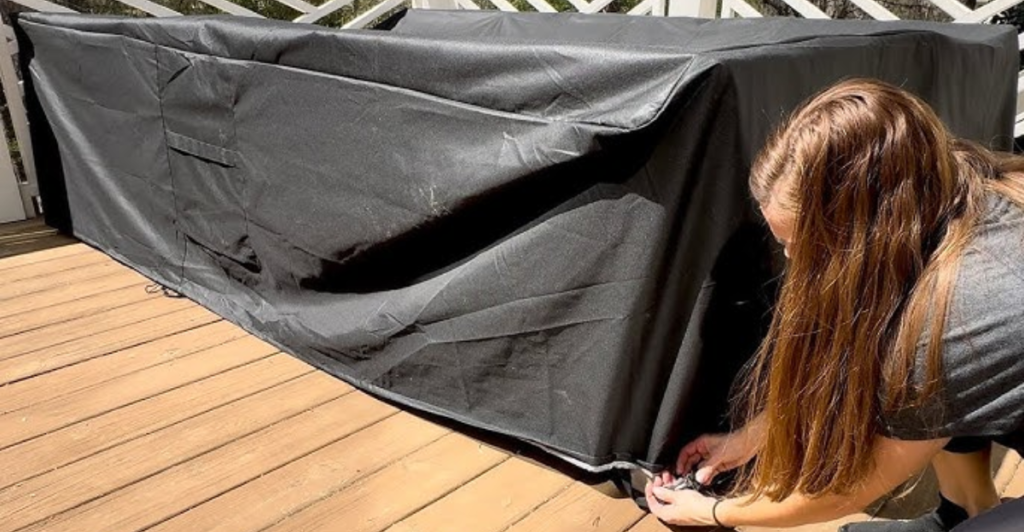
Strong winds can significantly impact daily life in Southern California. High winds may lead to power outages, road closures, and flight delays. Residents often secure loose items outdoors to prevent damage and stay indoors during severe wind events. Additionally, outdoor enthusiasts, such as hikers and surfers, must adjust their plans based on wind conditions to ensure safety and enjoyment.
Wildfire Risks and Winds
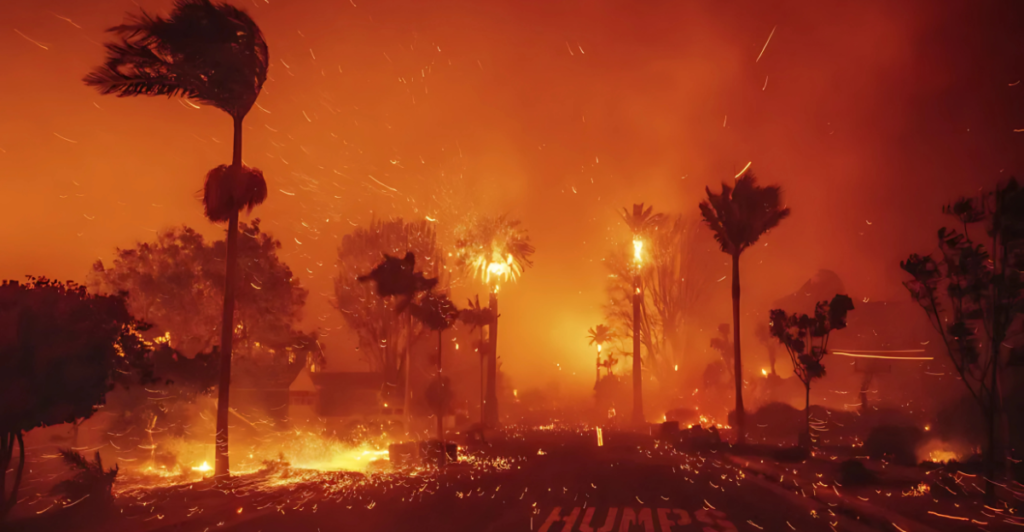
Southern California’s strong winds are a key factor in wildfire spread. Dry winds, particularly the Santa Anas, can rapidly fan flames, making wildfires more challenging to control. Fire departments closely monitor wind forecasts during peak fire season to coordinate resources effectively. Residents in high-risk areas should have evacuation plans and maintain defensible space around their homes to mitigate fire risks.
Environmental Benefits of Winds
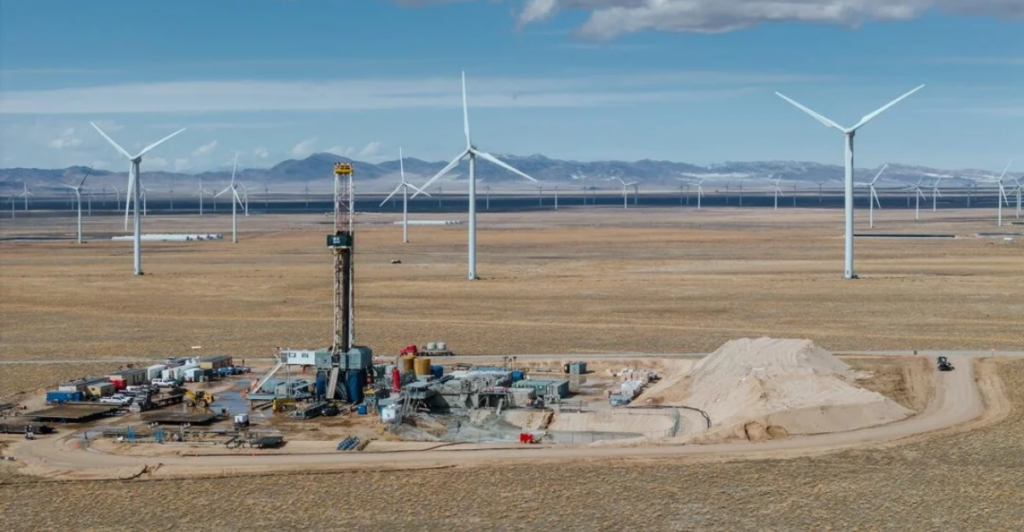
While strong winds can pose challenges, they also offer environmental benefits. Winds help disperse air pollution, improving air quality in densely populated areas. Coastal winds support marine ecosystems by mixing ocean layers, which enhances nutrient distribution. Additionally, wind power is a renewable energy source, with wind farms in Southern California’s deserts contributing to the region’s clean energy goals.
Wind Safety Tips
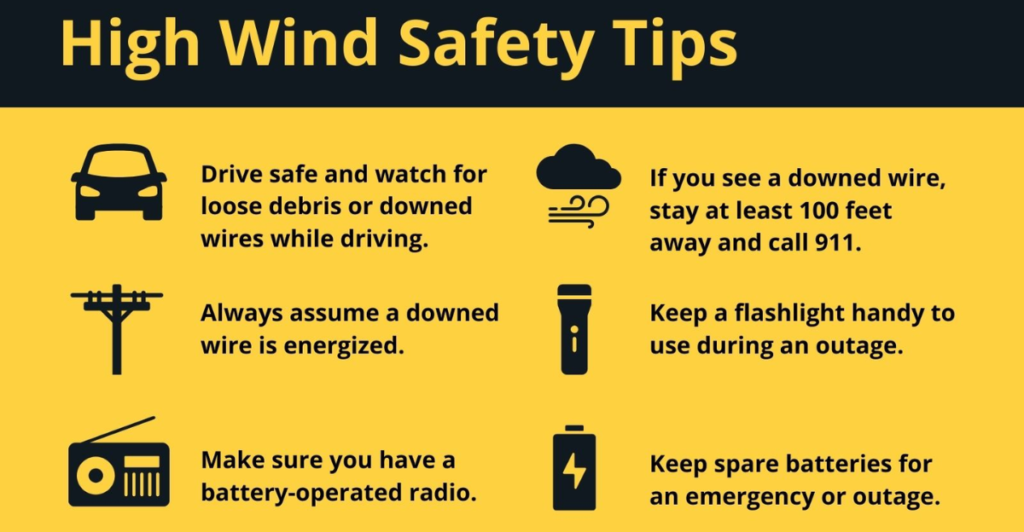
Preparation is key to staying safe during wind events. Secure outdoor furniture, avoid parking under trees or power lines and stay indoors during high winds. Be cautious of crosswinds when driving, especially in open areas or near mountain passes. Keep emergency kits ready, including flashlights and first aid supplies, in case of power outages or other wind-related disruptions.
Forecasting Strong Winds
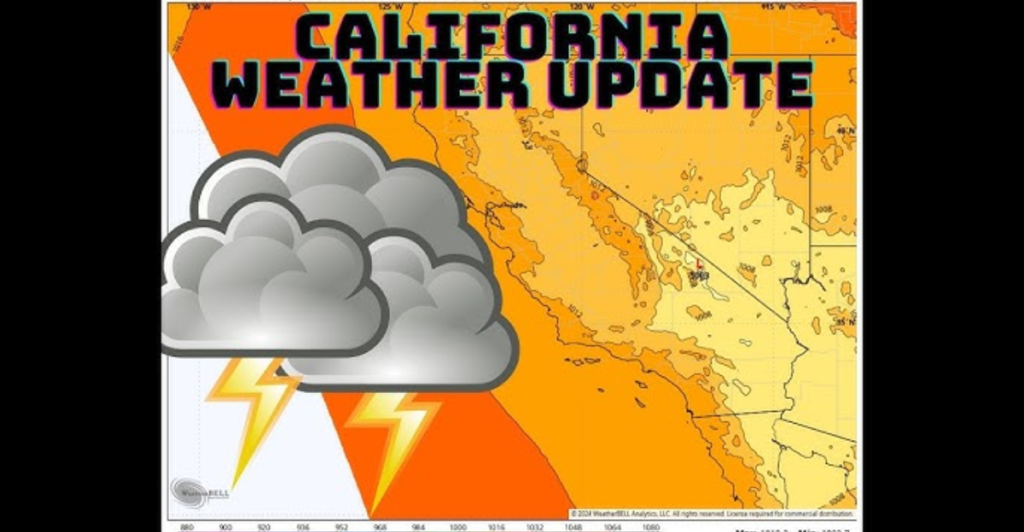
Advancements in meteorology have improved wind forecasting accuracy. Southern California residents can access real-time wind updates through weather apps and local news outlets. The National Weather Service often issues wind advisories or warnings, providing crucial information about timing, intensity, and potential impacts. Staying informed helps residents make better decisions during wind events.
Embracing the Winds
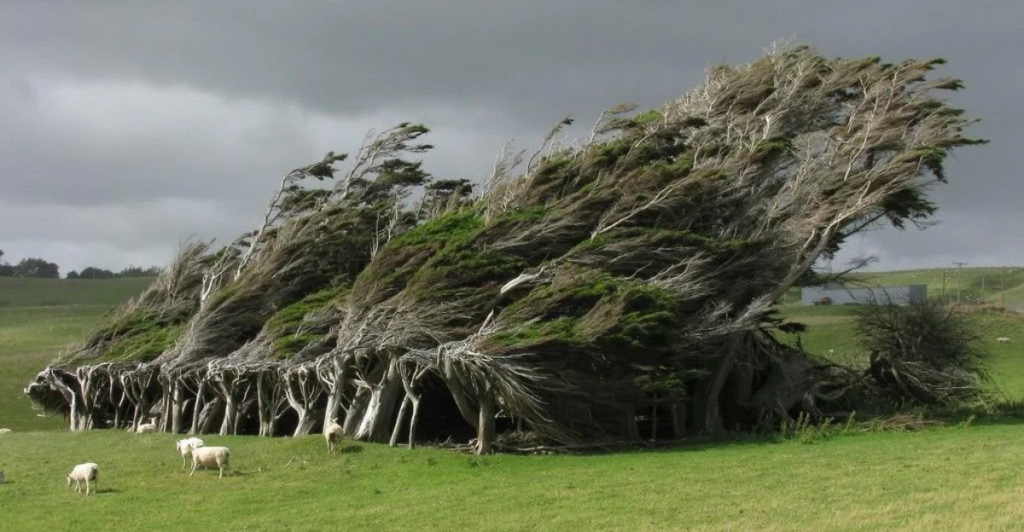
Strong winds are an integral part of Southern California’s climate. While they can bring challenges, understanding their patterns and effects allows residents to adapt and appreciate their role in shaping the region’s environment. By staying informed and prepared, Southern Californians can confidently navigate wind events, ensuring safety and making the most of this dynamic aspect of their local weather.
Discover more of our trending stories and follow us to keep them appearing in your feed

California Is Breaking Apart: A Fault Line Is Forming Faster Than Anyone Predicted
Hurricane-Like Bomb Cyclone Set to Impact These 8 States
The War on Cows Is Over—And Green Extremists Have Lost
After 800 Years of Silence, This American Volcano Shows Signs of Activity
This article first appeared here
Stay connected with us for more stories like this! Follow us to get the latest updates or hit the Follow button at the top of this article, and let us know what you think by leaving your feedback below. We’d love to hear from you!







